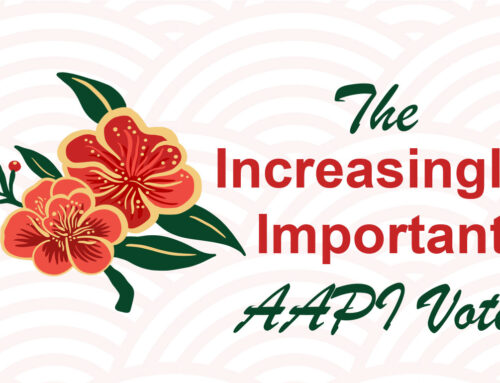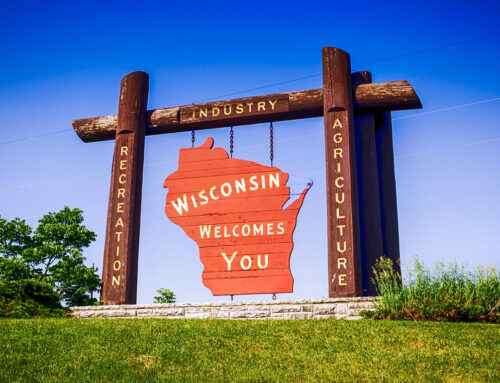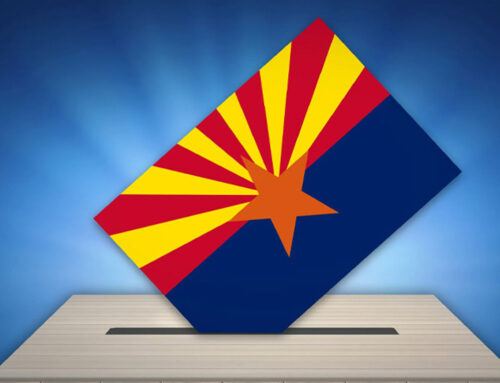Thanks for taking the time to check out our first TargetSmart Insights election data newsletter. As the election year unfolds, the punditry is only going to increase – and TargetSmart’s goal is to guide the noise with interesting data and nuanced analysis.
My hope is to share, about once a week, some stats from the voter file that I find relevant or interesting. If you follow me on Twitter, you’ll see that I often share a “random election data stat of the day.” In these newsletters, I will add context, depth, and unique insights into what the data are saying, enabling campaigns, pundits, reporters, activists, and the general public to make their own educated and informed decisions about the election.
Any and all feedback is appreciated here — I would love to hear what you find interesting, as well as any questions that may arise.
I’ve been thinking about the potential for an electorate this November that may look dramatically different from that which gave Donald Trump an electoral college victory in 2016. This led me to query how many voters are currently on the voter rolls who didn’t vote in 2016 – either because they were registered to vote and didn’t cast a ballot, or they’ve registered since that date.
As it turns out, there are 112,263,578 registered voters who didn’t vote in 2016.
But who are they? Running additional counts on the TargetSmart national voter file provides some interesting context.
As I noted in the original tweet, these 2016 non-voters skew heavily Democratic, with Democrats seeing an advantage of over 14 million people. That’s a 13% share advantage for Democrats relative to Republicans (48.4% to 35.4%). If we look just at those registered voters currently on the file who did cast a ballot in 2016, Democrats have an advantage of just 1%. This would suggest that Democrats are better positioned to gain from a turnout surge in 2020; though that’s not a given, since turnout surges are rarely uniform.
From the perspective of age, those non-voters are (as one would expect) younger than those who voted in 2016. 28% of the non-voters are under the age of 35. Compare that to the 16.3% of registered voters currently on the file who are under the age of 35 and cast a vote in 2016. This translates into an incredible 35 million currently registered young voters who didn’t cast a vote in the historic 2016 election.
A closer look at the surge potential for 2020 suggests people of color are also poised to have an outsized impact on the outcome of this presidential election. 79.2% of those who cast a ballot in ’16 are white, non-Hispanic, as compared to only 67.5% of those who didn’t vote in 2016. Hispanic voters are especially overrepresented among the non-voters: they represent 13.1% of registered non-voters, as compared to their 6.8% share of the 2016 voters. Black voters also show significant surge potential: 11.4% of those who didn’t vote in 2016 are black, while 8.9% of the 2016 vote was from black voters.
If you are curious about how these groups performed in the 2018 midterm elections, I happened to look into that! 13.2% of those currently registered voters who didn’t vote in 2016 did vote in 2018. 76.3% of those who did vote in 2016 also voted in 2018. And yes, I’m curious to know who among the 2016 voters stayed home in the ’18 midterms! I’ll likely look into that soon.
Thanks for taking the time to read our first newsletter. If you have comments, questions, ideas on other things for us to look into and share here, reply directly to me at this email.





